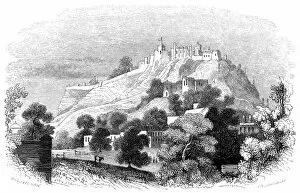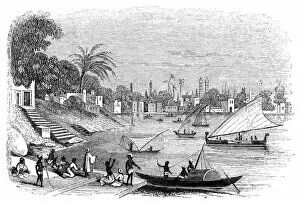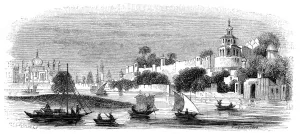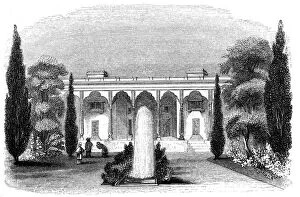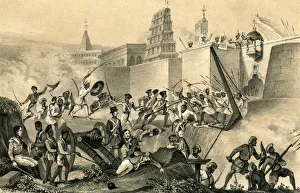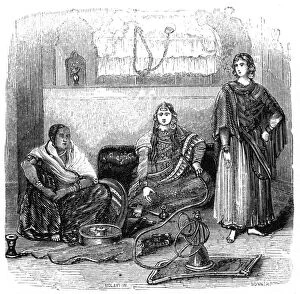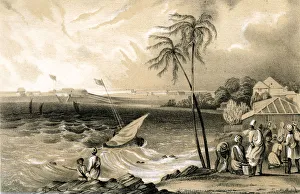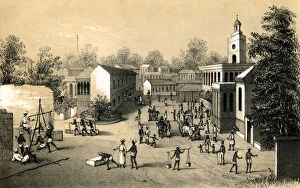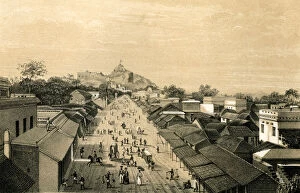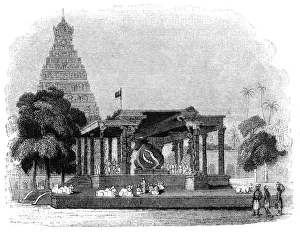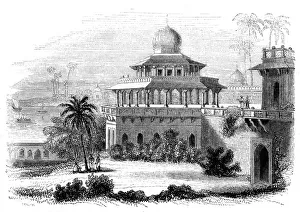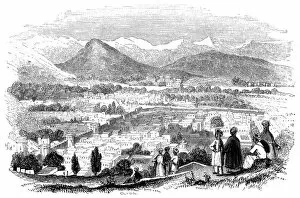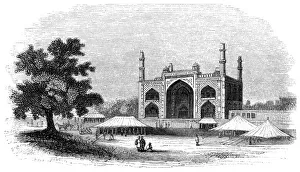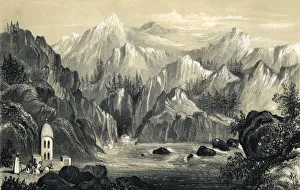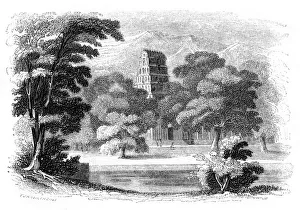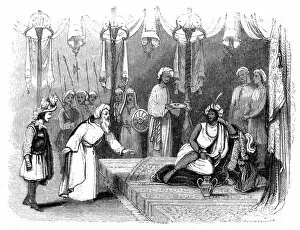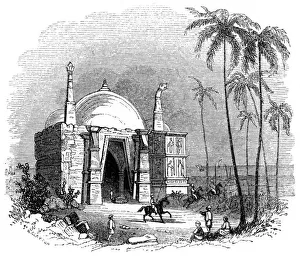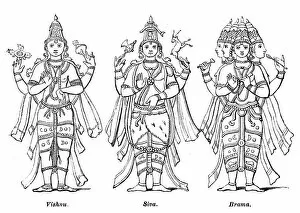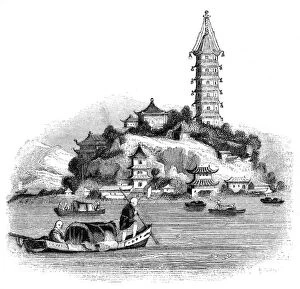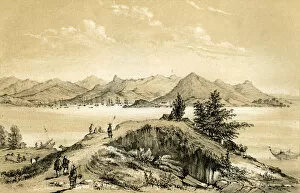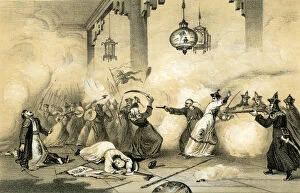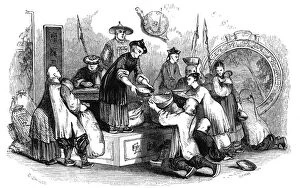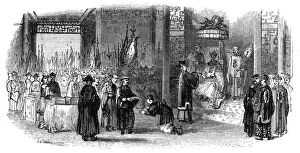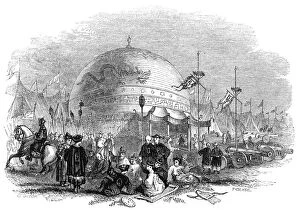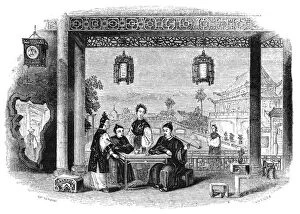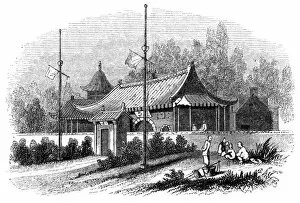Thomas Parley Collection
"Thomas Parley: Capturing the Essence of India in 1847" Step into the vibrant world of colonial India through the remarkable artworks of Thomas Parley
All Professionally Made to Order for Quick Shipping
"Thomas Parley: Capturing the Essence of India in 1847" Step into the vibrant world of colonial India through the remarkable artworks of Thomas Parley. With his keen eye for detail, Parley transports us to iconic locations across this diverse land. In Fort of Gwalior, India (1847), Robinson's brushstrokes bring alive the grandeur and strength of this historic fortress. The towering walls whisper tales of battles fought and won. Kirchner's Benares, India (1847) takes us on a spiritual journey along the sacred Ganges River. The artist skillfully captures the ethereal beauty and tranquility that permeates this ancient city. Immerse yourself in the bustling energy of Bombay with Kirchner's Bazaar in Bombay, India (1847). Every stroke reveals a kaleidoscope of colors and textures as merchants ply their trade amidst a sea of people. Parley also ventures beyond well-known cities, taking us to unexpected places like Cabul during fruit season (1847). In Bazaar at Cabul, we witness an explosion of flavors and aromas as locals engage in lively commerce. Ghazni's Fortress with its two Minars stands tall against time in Kirchner's masterpiece from 1847. Its majestic presence reminds us of bygone eras when empires rose and fell within these very walls. Robinson paints a vivid picture with City Lucknow, India (1847), showcasing its architectural marvels amidst lush landscapes. This artwork invites us to explore every nook and cranny while unraveling stories hidden within its streets. Chittapore road, Calcutta (1847) unveils a bustling thoroughfare where cultures collide amid horse-drawn carriages and vibrant market stalls. Bonner's Palace Allahabad, India (1847) showcases regal opulence against serene riverbanks—a testament to Indian craftsmanship at its finest.

